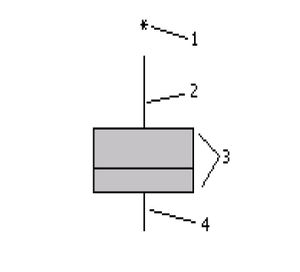OR/17/014 Appendix 1
| Archer, N A L, Everest, J. 2017. Final Report: Emergent Forest dynamics and Natural Flood Management. British Geological Survey Internal Report, OR/17/014. |
Workshops and presentations
This work was presented 19th September 2015 at the Scottish National Heritage: Making soils count — International Year of Soils Scotland 2015: Sharing Good Practice event http://www.snh.gov.uk/news-and-events/events/event-details/?id=2839. This included a poster presentation and discussion about the work we have been doing.
We also presented this work to the public at the British Geological Survey Open Day 18th October 2015, which was hosted in Dynamic Earth, Edinburgh. Over 900 people came to visit the event.
Additional information
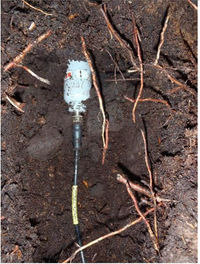 |
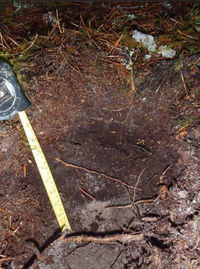 |
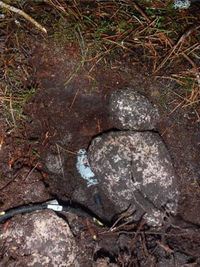 |
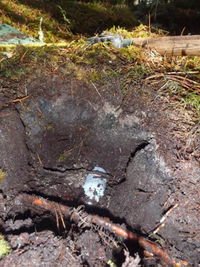 |
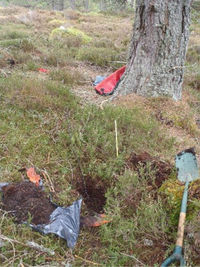 |
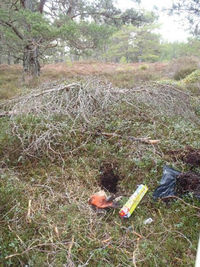 |
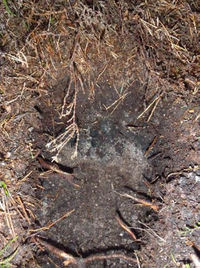 |
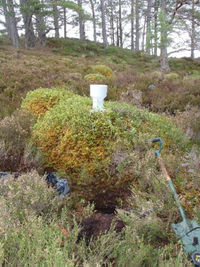 |
Financial statement
The project commenced in December 2014 and continued beyond the expected 21 months, because the dGPS (differential Geopositioning System) used in earlier field campaigns could not receive enough signal points in the plantation area. This caused difficulty to locate crests and depressions in the plantation site to provide understanding of hydrological flows. This however, was rectified using aerial stereo photogrammetry of the site to define topographical undulations, but caused a delay to finish writing the final report.
The funding confirmed from BGS was to pay for technical staff to undertake field work, analyse data, overhead charges and write reports: the total amount is: £18 948. The total requested amount from SFT is: £5684. Of which £4100 would be used to cover T&S for technical staff and transport costs to do the field work in the first 12 months and £1584 is to cover equipment costs.
| December 2014 to March 2015 | April 2015 to March 2016 | April 2016 to end December 2016 | Total | |
| Field work T&S Equipment Laboratory analysis | £10 272 (BGS) £3100 (SFT) £15084 (SFT) |
£3767 (BGS) £1000 (SFT) |
£5000 (BGS) | |
| Total cost BGS | £10 272 | £8767 | £5000 | £18 948 |
| Total cost SFT | £4685 | £1000 | No costs | £5685 |
| Yearly Total | £14 956 | £9767 | £24 724 |
The final total costing for BGS (covering technical staff time) was £20 461 and the final total cost for T&S and equipment was £5732, of which BGS will cover the excess amount. The financial accounts will be submitted with the final invoice.
Glossary
Alluvium: is loose unconsolidated soil or sediments which have been eroded and reshaped by water and redeposited in a non-marine setting.
ArcGIS: Geographical information System software, which is used to analyse spatial information
Boxplot:
Glaciofluvio: Deposits transported from streams where much or all of their water is meltwater from glaciers.
Micaceous psammite: Micaceous Sandstone
Moraine: An accumulation of earth, gravel and cobbles carried and finally deposited by a glacier
Saturated hydraulic conductivity: is a quantitative measurement of a saturated soil’s ability to transmit water when subject to a hydraulic gradient. It is an indication of the ease with which pores of a saturated soil permit water movement. The higher the value, the greater the ease of water movement within the soil matrix.
Spring: A place where water naturally flows to the surface of the ground and is the source of a stream (burn).
Till: unsorted glacial sediment, derived from erosion and entrainment of material by the moving ice of a glacier.
